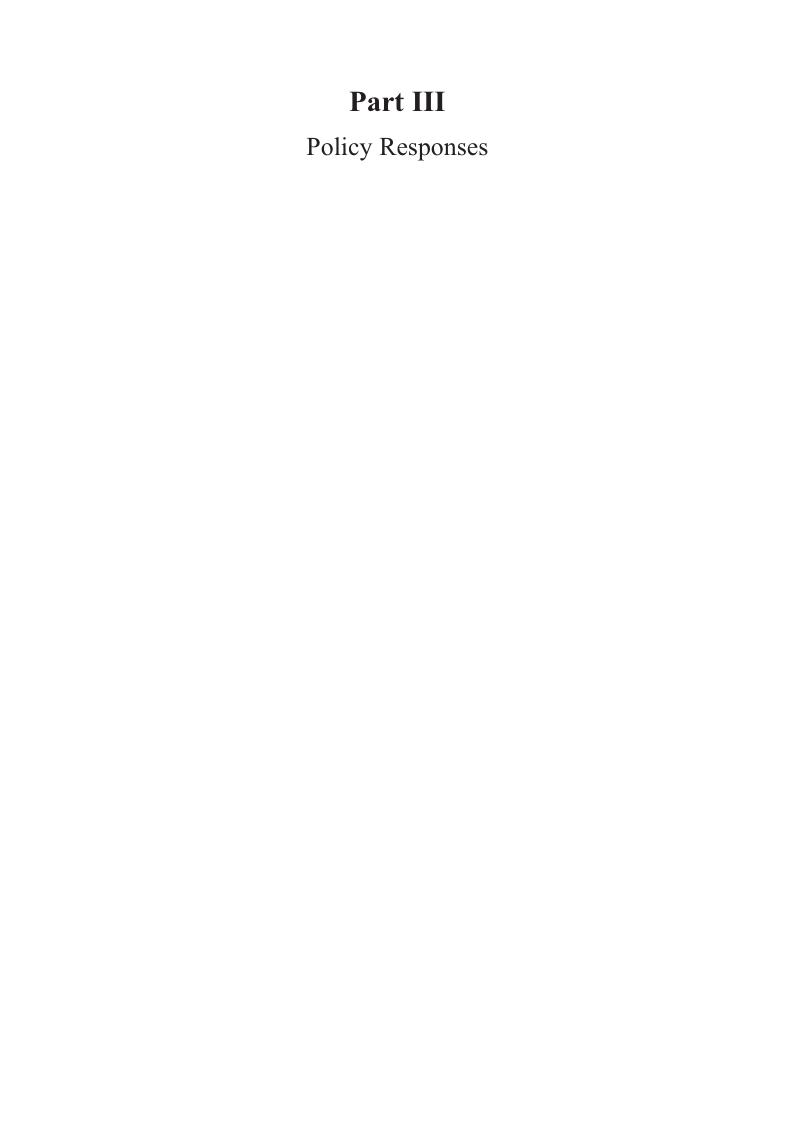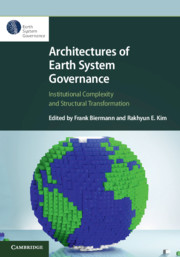Book contents
- Architectures of Earth System Governance
- Series page
- Architectures of Earth System Governance
- Copyright page
- Contents
- Contributors
- Acknowledgements
- 1 Architectures of Earth System Governance
- Part I The Building Blocks
- Part II Core Structural Features
- Part III Policy Responses
- Part IV Future Directions
- Glossary
- Index
- References
Part III - Policy Responses
Published online by Cambridge University Press: 17 April 2020
- Architectures of Earth System Governance
- Series page
- Architectures of Earth System Governance
- Copyright page
- Contents
- Contributors
- Acknowledgements
- 1 Architectures of Earth System Governance
- Part I The Building Blocks
- Part II Core Structural Features
- Part III Policy Responses
- Part IV Future Directions
- Glossary
- Index
- References
Summary

Information
- Type
- Chapter
- Information
- Architectures of Earth System GovernanceInstitutional Complexity and Structural Transformation, pp. 181 - 296Publisher: Cambridge University PressPrint publication year: 2020
